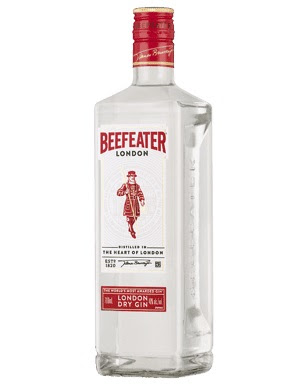Dalwhinnie Whisky: A Taste of the Highlands
Dalwhinnie whisky, hailing from one of Scotland's highest distilleries, is a quintessential example of Highland single malt Scotch whisky. Nestled in the heart of the Cairngorms National Park, Dalwhinnie distillery stands at an elevation of 1,164 feet, making it not only a prominent name in whisky production but also a symbol of the unique influence of the Highland terrain and climate. The distillery's rich heritage and distinctive whisky have captivated both connoisseurs and casual whisky enthusiasts alike.
The Origins of Dalwhinnie
Founded in 1897, Dalwhinnie has a storied history deeply rooted in Scottish whisky-making traditions. The name “Dalwhinnie” is derived from the Gaelic word “Dail-coinneeamh,” meaning “meeting place,” referring to the area’s historical significance as a crossroads for cattle drovers. Its strategic location in the Highlands has also been ideal for whisky production due to the availability of pure, fresh water from the Allt an t’Sluic spring.
Despite facing financial struggles early in its history, Dalwhinnie distillery persevered and established itself as a renowned producer of quality whisky. Today, it is owned by Diageo, a global leader in premium alcoholic beverages, and remains one of Scotland's most beloved distilleries.
Characteristics of Dalwhinnie Whisky
Dalwhinnie whisky is often celebrated for its light, smooth, and accessible flavor profile, making it an excellent entry point for those new to Scotch whisky. Unlike many other Highland malts, which can lean towards heavy, smoky flavors, Dalwhinnie offers a delicate balance of sweet and floral notes.
A typical bottle of Dalwhinnie 15-year-old, the distillery's flagship expression, boasts a pale gold hue with a rich aroma of heather, honey, pear, and a subtle hint of smoke. On the palate, drinkers can expect flavors of malted barley, citrus zest, vanilla, and a slight peatiness, all rounded off by a smooth, lingering finish. The whisky’s natural sweetness is due in part to the use of the pure water from the nearby spring, which flows through granite and peat bogs before reaching the distillery.
For those looking to explore further, Dalwhinnie offers other expressions, including limited-edition releases and the Dalwhinnie Distillers Edition, which is aged in Oloroso sherry casks, adding a deeper layer of fruitiness and spice.
The Influence of Highland Climate
The location of Dalwhinnie distillery in the Highlands plays a critical role in shaping the character of its whisky. The region is known for its cool climate, with triennes rose wine harsh winters and mild summers. These conditions lead to slower maturation, allowing the whisky to develop more complex flavors over time. The elevation of the distillery and its proximity to fresh mountain air also contribute to the whisky’s light, crisp nature.
Moreover, the relatively low peat levels in Dalwhinnie whisky distinguish it from the heavier, peat-forward whiskies of regions like Islay, making it a more approachable option for those who may not be accustomed to the intensity of smoke in their dram.
Enjoying Dalwhinnie Whisky
Dalwhinnie whisky is versatile enough to be enjoyed neat, on the rocks, or as part of a whisky cocktail. Its delicate balance of flavors makes it an ideal pairing with light foods such as smoked salmon, soft cheeses, or honey-glazed desserts. The whisky’s subtle sweetness also makes it an excellent match for dark chocolate or fruit-based dishes.
For those looking to deepen their whisky knowledge, a visit to the Dalwhinnie distillery offers an immersive experience into the world of Scotch whisky, with guided tours, tastings, and a deeper look into the craftsmanship behind each bottle.
For further info, visit our site.



Comments
Post a Comment